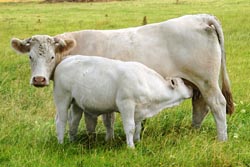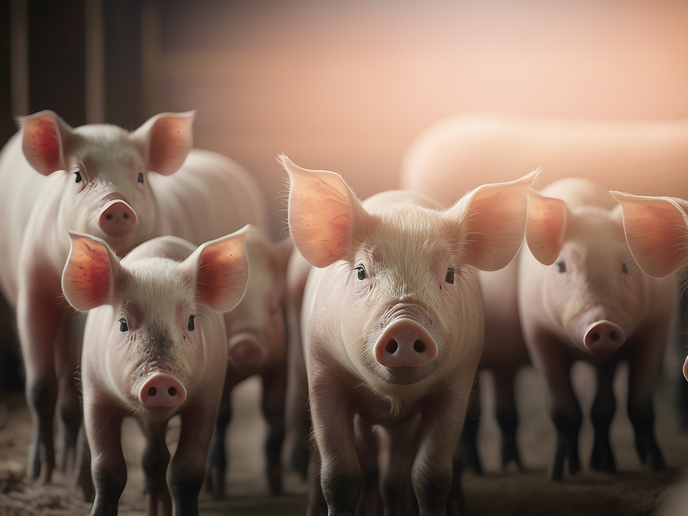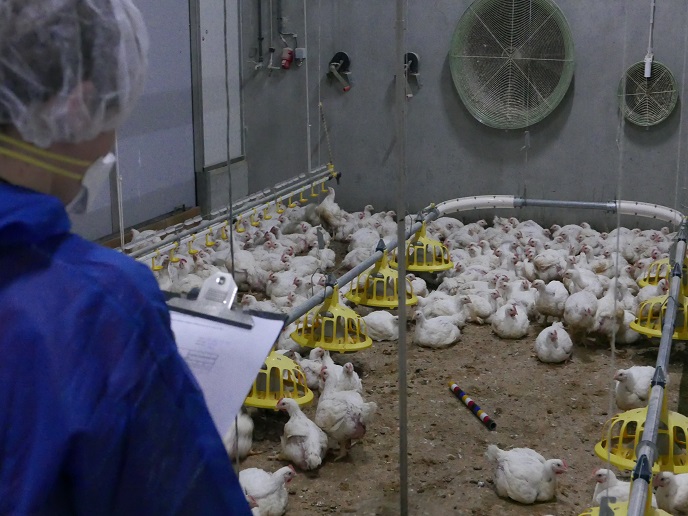Sequence maps for bovine genes
EC-funded MASTITIS RESISTANCE focused on breeding mastitis resistant cattle, thus improving the overall health status of the herd. However, doing so based solely on phenotypic traits pose severe challenges, and project partners therefore opted for marker-assisted selection (MAS). In other words, the selection of disease-resistant animals was based on genetic criteria rather than phenotypic. The approach was also aimed at further elucidating the etiology of mastitis in relation to the pathogenic agent. Project partner, Roslin Institute, constructed a series of radiation hybrid maps of specific bovine chromosomes, BTA9 and BTA11. Radiation hybrid maps are used to pinpoint the location of genetic markers on the gene sequence. Researchers combined the results of the radiation hybrid maps with a series of contig maps, aimed at providing a more accurate overall genetic sequence for the two chromosomes. The end result was a detailed and precise sequencing map of BTA9 and BTA11 for the characterisation of quantitative trait loci (QTL) linked to mastitis resistance.







